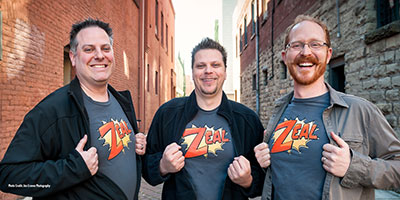
Above: Trever Yarrish, Sean Culver, and Adam Cuppy (photo by Jim Craven; courtesy of The Southern Oregon Edge)
What do coffee, code, and marketing have in common? For Adam Cuppy, Trever Yarrish and Sean Culver—founders of the wildly successful Coding ZEAL based here in Southern Oregon—it doesn’t matter what they have in common. What matters is the experience customers have while enjoying your product and interacting with your company.
“It’s not about the product you think you’re selling,” said Adam in a recent interview I conducted with him for The Southern Oregon Edge. “It really is about the relationships.… Ask yourself what is the experience you’re going to provide to the people that are going to consume it.”
In 2007, Yarrish and Cuppy left their stint as Dutch Bros. marketing and creative directors to create a marketing company in Grants Pass. Six years later, they partnered up again—this time joined by Sean Culver—to found a superhero-flavored development company in Medford.
Guided by the principle of zeal, the founders sought to “create an amazing experience.” Discussing the origin of the name “Zeal,” Adam says, “What I love about the name was I looked it up and it said ‘gross unadulterated enthusiasm.’ What’s more amazing and audacious than that? What says nothing about programming and everything about the experience? ‘Zeal’ does.”
Sure, the quality of your product matters, but what matters more is how you answer the question, “What am I going to do to blow people’s minds? What am I going to do make raving fans?”
And Coding ZEAL has done just that. With clients ranging from Mavenlink.com to Oregon Shakespeare Festival, SilverCloud to Scratch-it.com, the company has seen 1400 percent annual growth since its launch.
Agility is at the heart of their success. “We’re an agile agency,” says Trever, “so when technology changes, we move where we need to move.”
This fluidity allows the company to focus on not only satisfying customers but on wowing them.
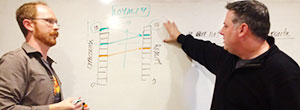 To illustrate this concept, Adam draws two columns, one representing customer expectations and the other reality, each with a scale ranging from 1 to 10. The customer relationship begins when expectations meet reality.
To illustrate this concept, Adam draws two columns, one representing customer expectations and the other reality, each with a scale ranging from 1 to 10. The customer relationship begins when expectations meet reality.
A customer usually starts by expecting an average experience—a 5, say. If you give them what they expect, no lasting impression will be made. If you give them a 4 or worse, you’ve not only lost the opportunity to build brand loyalty, but that customer may go on to complain publicly, leading to the loss of other potential customers.
“So instead what we’re going to do is they come in and they get a 7. They come in and we’re going to take an opportunity to blow their mind somehow, some way,” explains Adam.
But that’s just the beginning. Now that they’ve had a 7 experience, their expectations will change, and they’ll want a 7 again next time. So what do you have to do as a company? You up the ante. You give them an 8.
With each new interaction, you deliver an even better experience. Once a relationship is built, you just have to sustain that level of service. Even if a bump occurs along the path, the customer is going to be more forgiving because of the positive relationship you’ve established.
Using this model of expectation dilemmas, a company that consistently achieves between an 8 and a 10 discovers “this wonderful, wonderful thing,” says Trever. “Right there is the secret to success in forming loyalty.”
Empathy is key to continually exceeding customer expectations. “We are trying to always understand where you’re at, what you’re needs are, what’s most important to you,” says Trever.
At Coding ZEAL, questions drive the conversation. They don’t assume they know what customers want.
“As leaders, our responsibility is to ask questions constantly,” says Trever. “One of those questions can be, ‘So how can we speak to our customers more clearly? Where are our customers? Who can we service better every single day?’”
In the end, it’s all about that fundamental connection between two people. The company, the product—those are ephemeral. What the customer will go away remembering, what they will feel and think and what will impact their future buying decisions, occurs in that magical moment of interaction.
For Cuppy, Yarrish, Culver and their happy employees, zeal “is not just a word and it’s not just a logo. The excitement and energy that’s wrapped around our brand is real and authentic and we mean it,” says Adam. “Every day, it’s about waking up and feeling that level of excitement and reaching out with that intention, with the intention that we’re going to connect with our clients. We’re going to connect with each other. We’re going to connect with our culture, our environment.”
Our next post will explore Coding ZEAL’s insights into leadership and employee happiness.




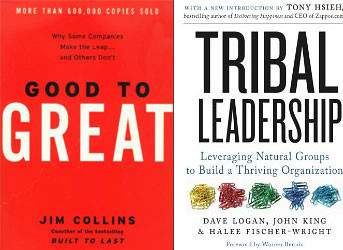 The realization that happy workers drive business success is sweeping the world, and the research keeps growing. Researchers at
The realization that happy workers drive business success is sweeping the world, and the research keeps growing. Researchers at 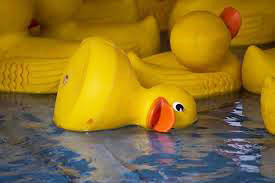


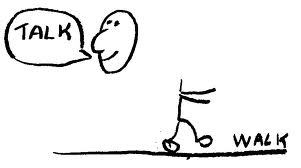 It’s not as hard as it sounds. Here are four ways your company can help people walk the talk.
It’s not as hard as it sounds. Here are four ways your company can help people walk the talk.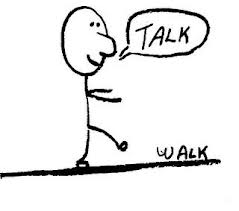 4) Business Tools. The mission, vision, and values shouldn’t be an awkward uniform your employees don when they enter the building and drop in the foyer on their way out. In
4) Business Tools. The mission, vision, and values shouldn’t be an awkward uniform your employees don when they enter the building and drop in the foyer on their way out. In 
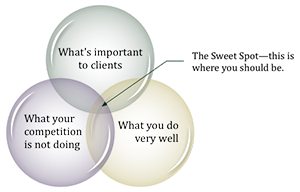 5) Bring the brand to life. Through a targeted creative process, design a visual identity that captures the company’s personality and develop a marketing strategy that is built around your company’s “sweet spot”—the intersection of what’s important to clients, what you do very well, and what your competition is not doing. Most importantly, help your employees understand and “live” the brand in everything they do—from answering the phone to delivering a presentation to hiring a new associate. The more deeply your brand is interwoven with your culture, the easier that glass slipper will glide on—and stay.
5) Bring the brand to life. Through a targeted creative process, design a visual identity that captures the company’s personality and develop a marketing strategy that is built around your company’s “sweet spot”—the intersection of what’s important to clients, what you do very well, and what your competition is not doing. Most importantly, help your employees understand and “live” the brand in everything they do—from answering the phone to delivering a presentation to hiring a new associate. The more deeply your brand is interwoven with your culture, the easier that glass slipper will glide on—and stay.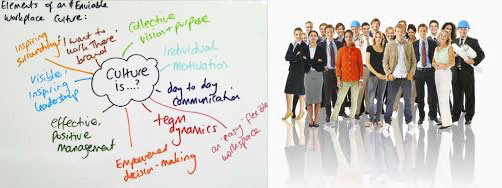
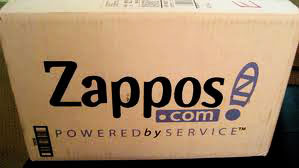 You will also be asking all your constituents to weigh in on what defines your company DNA. This means clients, subcontractors, other design team members, and influencers. Asking and listening to your constituents (and employees) is a natural way to build trust and take your relationship to the next level. This is marketing and management brilliance.
You will also be asking all your constituents to weigh in on what defines your company DNA. This means clients, subcontractors, other design team members, and influencers. Asking and listening to your constituents (and employees) is a natural way to build trust and take your relationship to the next level. This is marketing and management brilliance.


